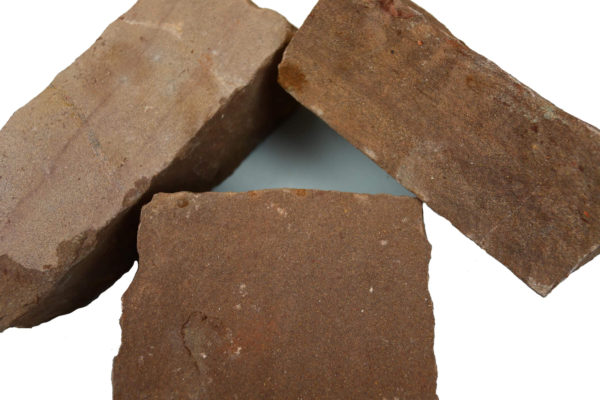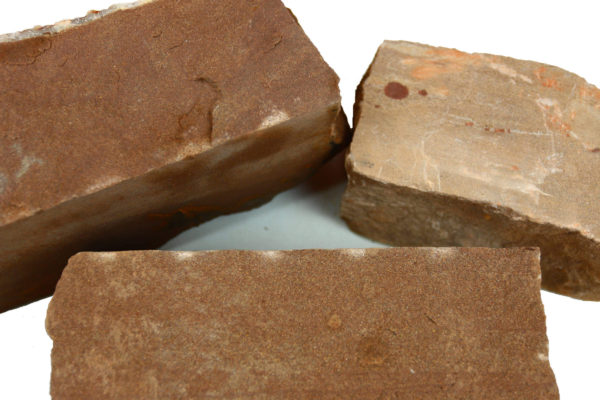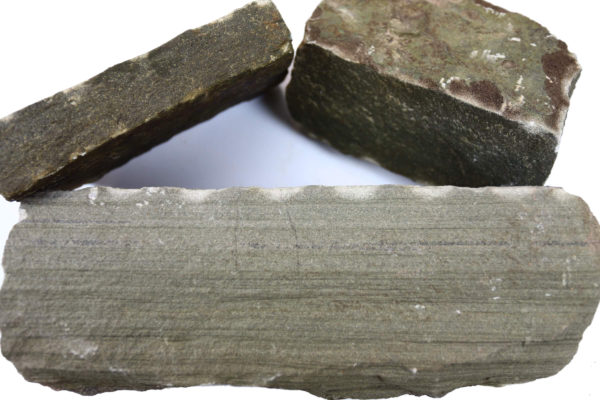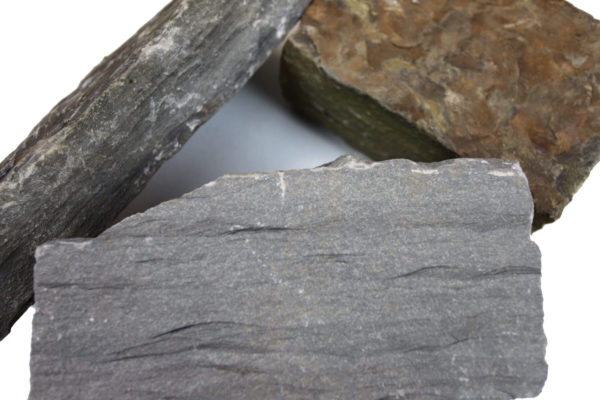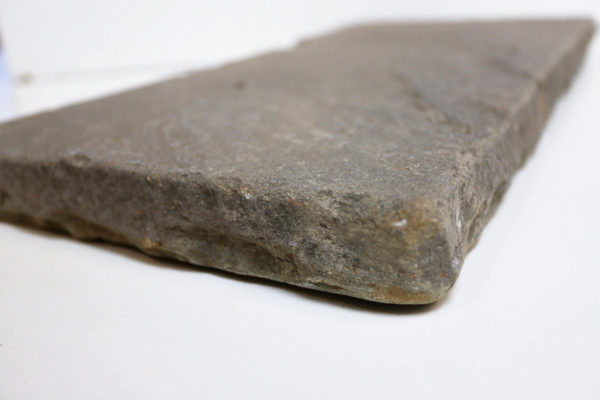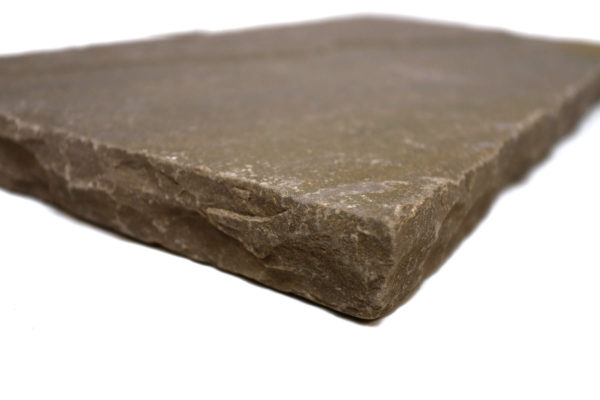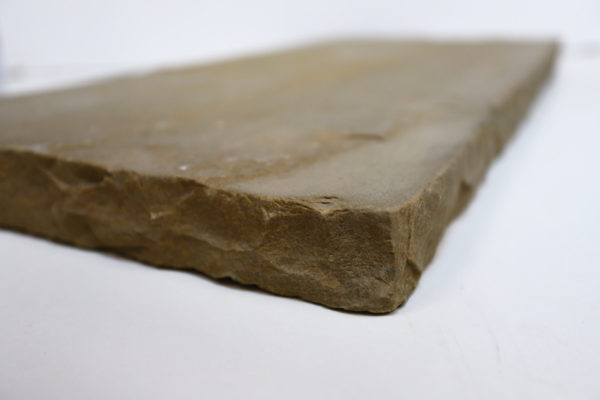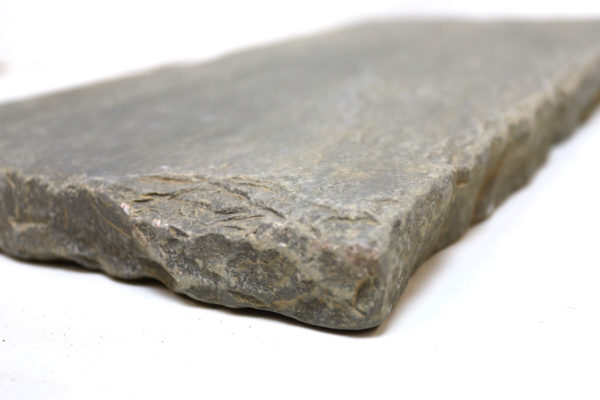How to Build a Stone Wall
How to build a retaining wall
Footings
We recommend adequate footings are required with a thickness of approximately 100mm to 150mm and the base approximately 1” wider than the wall, depending upon its final height.
Retaining Wall
Depending on the breeze block size you will use, depends on the amount of soil being retained. Brick ties are advised be put in the retaining wall at regular intervals to tie in the facing stone and allowances should be made for drainage holes.
Mix
A good quality building sand and cement mix of 4-6:1 is recommended. The softer your building stone, the larger the ratio; if you have hard stone, you should look at using 4:1.
You should decide on the colour you require before starting as this will make a huge difference to the overall effect of your wall. There are different colours of sand available which will dictate the colour of the pointing. You must ensure that you keep to the same ratio from start to finish or you will have an obvious patch on your wall which looks different from the rest.
Building your wall
There are several different finishes to a well built stone wall and it is important that you know which style you prefer to ensure you have a wall you are proud of. You must, however, make sure that no 2 joins are in a row and preferably lay the stone on its bed (laid the same way as it is formed in the quarry).
Each local authority has its own Building Control Regulations; ensure you are building in accordance with your Council’s legislation.
How to build a dry stone wall
Foundation
Use your largest stones as the foundation. Start building from the outsides in, so that the stones will almost be touching in the middle. If they don’t meet in the middle, fill the space with smaller stones.
Building
Always place the next layer of stones over the joins on the previous layer. Depending on the height of your wall, at approximately half way (or possibly a third plus at two thirds if you have a tall wall) up the wall use a large enough stone which will reach over both sides to give the wall stability (only required on a double sided wall). These need to be placed around 1 metre apart along the length of the wall. Build the wall sloping inwards slightly so that it narrows as it is built higher.
Coping Stones
Here at Black Mountain Quarries, we can provide a range of coping stones to cap and finish off your wall, customers have previously used our lintels and cills as coping stones also. Our coping stones are available in a range of difference sizes to suit all wall types. Any other masonry work can be undertaken to your requirements – please contact the office for further details.
House Building
Each local authority has its own Building Control Regulations; ensure you are building in accordance with your Council’s legislation.
This is just our opinion, if you think you can improve our page please feel free to Contact us any further suggestions or ideas.

